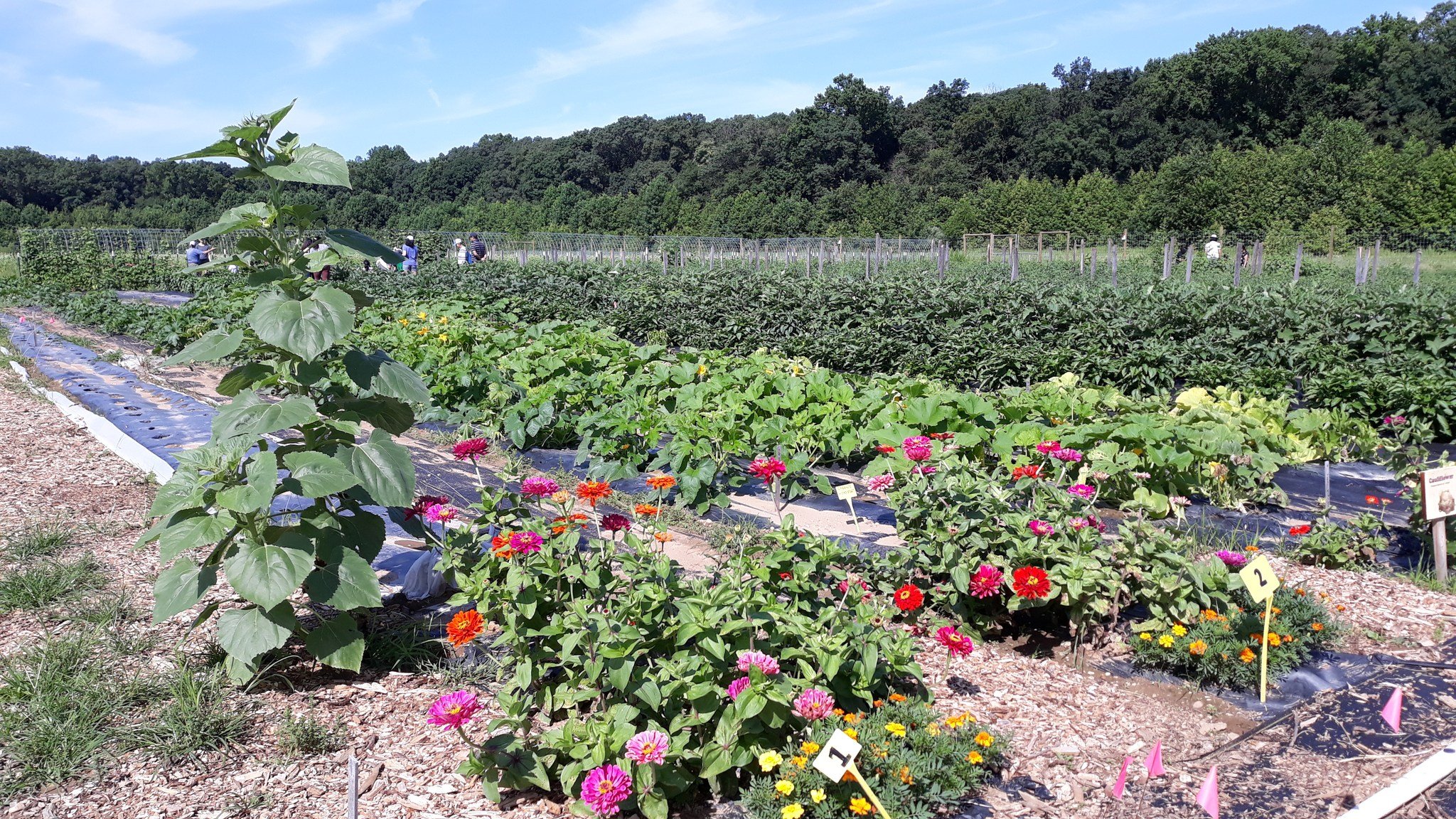What is Integrated Pest Management (IPM)?
Gardening is an enjoyable and rewarding activity, but it comes with its challenges—one of the most common being pest problems. Whether you're growing a vegetable garden, ornamental plants, or flowers, pests can quickly wreak havoc on your plants. Traditional methods of pest control, such as chemical pesticides, may seem like a quick fix, but they can often do more harm than good. This is where Integrated Pest Management (IPM) steps in as a sustainable and eco-friendly approach to managing garden pests.
Here is an excellent Rutgers video on IPM.
What is Integrated Pest Management (IPM)?
Integrated Pest Management is a holistic approach to pest control that combines a variety of techniques to reduce pest populations while minimizing harm to the environment, humans, and beneficial organisms like bees and butterflies. Rather than relying on chemical pesticides as a first line of defense, IPM focuses on prevention, monitoring, and using a combination of biological, cultural, and mechanical methods to manage pests effectively.
The goal of IPM is not necessarily to eradicate all pests but to keep their numbers at a manageable level, preventing damage to crops and plants while preserving the health of the ecosystem.
Key Principles of Integrated Pest Management
Prevention is Key The first step in IPM is creating a healthy garden environment that is less attractive to pests. Healthy plants are more resistant to pest infestations, so make sure your plants are well cared for. Proper watering, good soil health, and adequate sunlight are foundational. Additionally, using pest-resistant plant varieties can reduce the likelihood of pest issues.
Monitoring and Identification Regularly inspecting your garden for pests is crucial. Early detection is the key to preventing a small problem from turning into a full-scale infestation. Use simple methods like visually inspecting plants or using yellow sticky traps for flying insects to monitor pest activity. Identifying the pest correctly is essential for knowing which control methods will be most effective.
Cultural Controls Cultural practices are techniques that alter the environment to make it less conducive to pest problems. This could involve crop rotation, where different plants are grown in the same area each year, or planting pest-repellent herbs like basil or marigolds alongside your vegetables. Mulching can help prevent soil-dwelling pests like root maggots, while thinning out dense plantings allows for better air circulation, reducing conditions that favor pests like aphids.
Physical and Mechanical Controls Physical barriers, like row covers, netting, or mesh fences, can keep pests away from your plants. Hand-picking larger pests like caterpillars or beetles and squashing them manually can be an effective control method for small gardens. Additionally, you can introduce traps, such as slug beer traps or sticky traps, to catch unwanted pests.
Biological Controls Biological control involves using natural predators to control pest populations. This could include releasing beneficial insects such as ladybugs, lacewings, or predatory mites that feed on harmful pests like aphids or spider mites. You can also introduce beneficial nematodes into the soil to target soil-dwelling larvae. Supporting a healthy ecosystem with plenty of biodiversity will encourage natural pest control agents to thrive.
Chemical Controls (Only as a Last Resort) If a pest infestation is severe and all other methods have failed, chemical controls can be considered, but they should be used sparingly and as a last resort. Choose environmentally friendly, organic pesticides, like neem oil or insecticidal soap, to minimize harm to beneficial insects and the wider ecosystem. Always follow label instructions carefully and apply pesticides at times when pollinators are less active, such as early morning or late evening.
Benefits of IPM in Gardening
Eco-friendly: IPM reduces reliance on chemical pesticides, which can harm beneficial insects, contaminate soil and water, and pose health risks to humans and pets.
Cost-effective: By preventing pest problems before they start and using natural control methods, you can save money on expensive pesticides and treatments.
Promotes Biodiversity: By focusing on ecological balance, IPM encourages a healthy garden ecosystem where beneficial insects and wildlife can thrive.
Long-term Success: IPM strategies aim for long-term pest control rather than quick fixes, ensuring your garden stays healthy year after year.
Integrated Pest Management offers a sustainable and thoughtful approach to pest control in the garden. By understanding your pests, using prevention techniques, and employing a combination of methods, you can manage garden pests without the harmful effects of conventional pesticides. The result is a thriving garden, less reliant on chemicals, and more in tune with nature. So, the next time you spot a few unwanted visitors in your garden, consider giving IPM a try—your plants, the environment, and your peace of mind will thank you!



